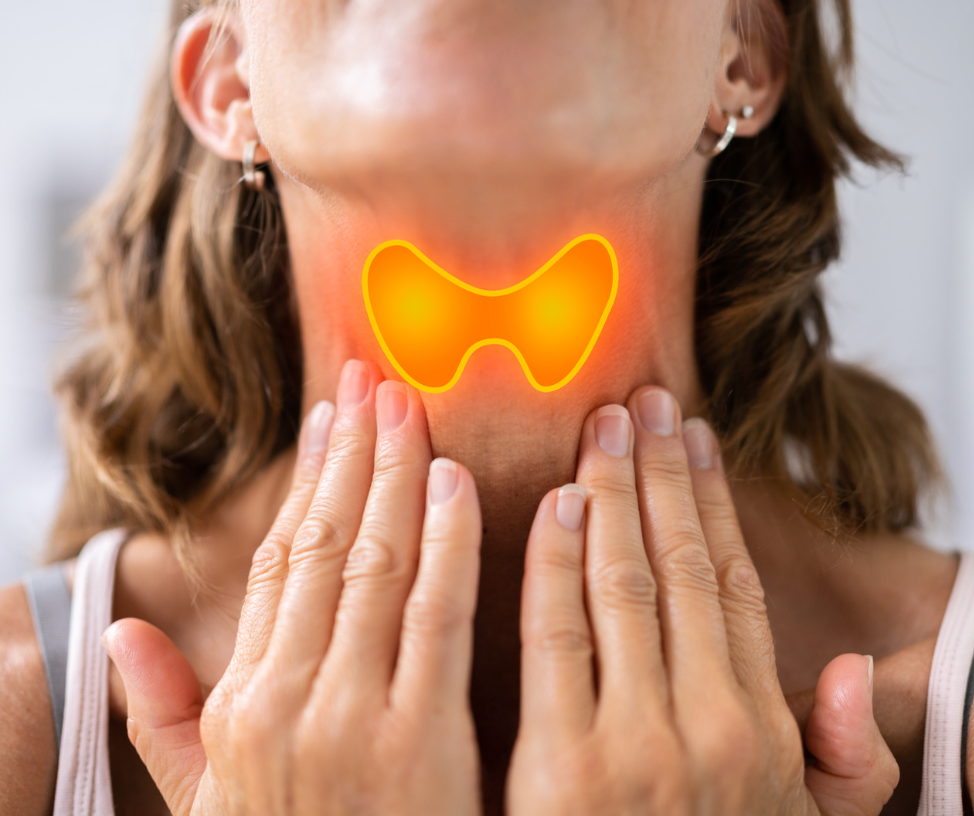APG-115 Showcases Early Activity in p53 Wild-Type Salivary Gland Cancer
Results from a phase 1/2 trial show clinical activity of APG-115 in patients with p53 wild-type salivary gland cancer.
Results from a phase 1/2 trial show clinical activity of APG-115 in patients with p53 wild-type salivary gland cancer.

Treatment with the novel MDM2 inhibitor APG-115-alrizomadlin (APG-115) was linked with clinical activity in patients with p53 wild-type salivary gland cancer, including those with adenoid cystic carcinoma (ACC), according to phase 1/2 findings that were presented during the 2024 Multidisciplinary Head and Neck Cancers Symposium.
At a median follow-up of 22.1 months, the best response with APG-115 was a partial response (PR) in 13% (n = 4) of patients and stable disease (SD) in 81% (n = 26) of patients; the median duration of response (DOR) was 11.7 months (range, 0.0-30.2) and 7.5 months (range, 1.3-34.7) in each responder group, respectively. The median progression-free survival (PFS) was 10.3 months (95% CI, 8.1-13) and the 6-month PFS rate was 72% (95% CI, 57%-92%). The median overall survival (OS) was 26.9 months (95% CI, 15.9-not estimable [NE]).
“Antitumor activity was more pronounced in patients with adenoid cystic carcinoma,” senior study author Paul L. Swiecicki, MD, a clinical associate professor at the University of Michigan Rogel Cancer Center, said in an oral presentation during the meeting. “These data strongly support confirmatory clinical trials of APG-115-alrizomadlin in adenoid cystic carcinoma.”
Metastatic salivary gland cancers are a rare and diverse group of malignancies, of which there are more than 20 subtypes, Swiecicki noted.
MDM2 inhibitors are found to be active in models of salivary gland cancer, and APG-115 is a potent, oral small molecule MDM2 inhibitor. In the multicenter, investigator-initiated phase 1 trial (NCT03781986), investigators hypothesized the tolerability and activity in patients with p53 wild-type, salivary gland cancers, including those with ACC.
To be eligible for enrollment, patients must have had histologically documented ACC, salivary ductal carcinoma, or high-grade malignant salivary gland cancers with or without metastases that are not amendable to curative therapy. Patients also must have undergone prior mutational testing with no evidence of a p53 mutation, have an ECOG performance status of 0 or 1, and have measurable disease with a greater than 20% increase in tumor burden in the previous 1 year.
Swiecicki noted that the trial was initially designed as a 2-arm trial to compare APG-115 with or without carboplatin in this patient population. However, after patients on the doublet arm experienced increased toxicities, the trial was halted and redesigned to be a single-arm study of APG-115 alone.
In the first stage of the study, 14 patients were enrolled and received APG-115 at 150 mg every other day on days 1 to 14 in 21-day cycles; if there were 2 or more responses, investigators moved on to the second stage of the trial, which included an additional 20 patients. If there were fewer than 2, the trial would be stopped. Doses were assigned using the time-to-event continual reassessment method, and APG-115 was started at the highest dose level with a de-escalation plan in place should adverse effects (AEs) occur.
The primary end point was maximum-tolerated dose, with secondary end points being PFS, response rate, disease control rate, and response rate by tumor histology (ACC vs non-ACC).
Of the 34 total patients on study, the median age was 62 years (range, 33-76), 79% of patients had ACC, and 65% of patients were female. More than half of the patients did not receive prior systemic therapy (59%), 2 patients had NOTCH mutations, and 19 patients had p63-positive disease. The median duration of therapy was 5.9 months (range, 1.3-19.9).
Investigators also compared outcomes in patients with ACC (n = 25) and non-ACC (n = 7). In the ACC cohort, the median duration of therapy was 7.4 months (range, 1.4-19.9); the PR rate was 16%, which included a median DOR of 11.7 months (range, 0.0-30.2). The SD rate was 80% with a median DOR of 8.1 months (range, 1.3-34.7). One patient had progressive disease. Here, the median PFS was 10.5 months (95% CI, 8.1- NE) and the 6-month PFS rate was 84% (95% CI, 69%-100%). The median OS was not reached (95% CI, 18.9-NE).
In the non-ACCC group, the median duration of therapy was 4.6 months (range, 1.3-11.1). There were no PRs and most patients had SD (86%). One patient had progressive disease, and the median DOR was 5.1 months (range, 1.3-13.0). The median PFS was 6.0 months (95% CI, 5.0-NE), the 6-month PFS rate was 34% (95% CI, 11%-100%), and the median OS was 8.9 months (95% CI, 6.6-NE).
Regarding safety, the most common all-grade and grade 3/4 treatment-related AEs (TRAEs) were fatigue (78%; 28%), nausea (78%; 16%), decreased neutrophil counts (38%; 13%), vomiting (38%; 9%), decreased lymphocyte count (25%; 6%), and anemia (22%; 3%). One case of dizziness and 1 of decreased neutrophil count were considered dose-limiting toxicities; 1 grade 2 headache was a serious adverse effect (SAE) and 1 report of grade 3 sepsis was an SAE. Four patients discontinued treatment due to TRAEs.
Reference
Pearson AT, Muzaffar J, Kirtane K, et al. Phase I/II study of a novel MDM-2 inhibitor (APG-115-alrizomadlin) in p53 wild type salivary gland cancers. Presented at: 2024 Multidisciplinary Head and Neck Cancers Symposium; February 29-March 2, 2024; Phoenix, AZ. Abstract 8.